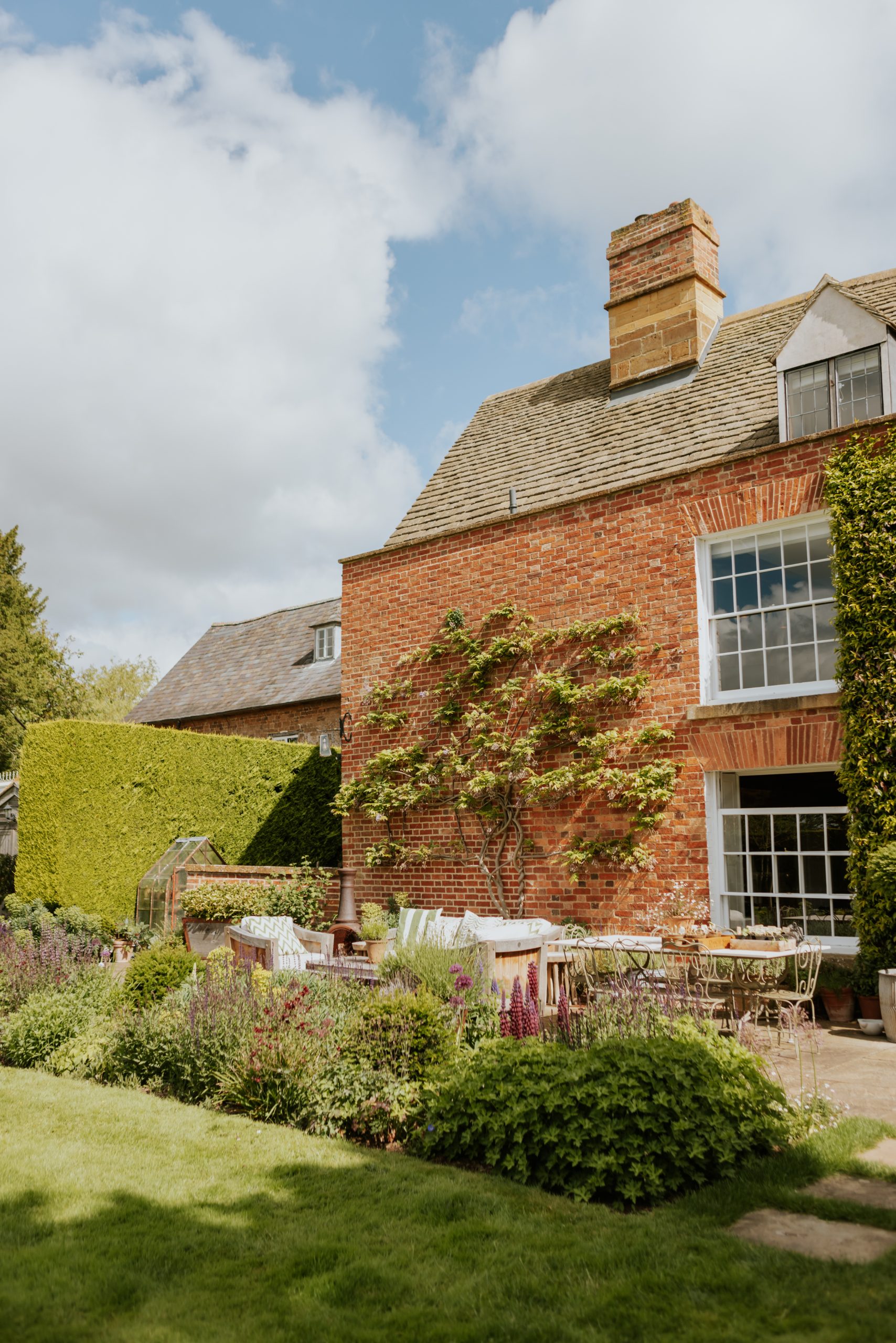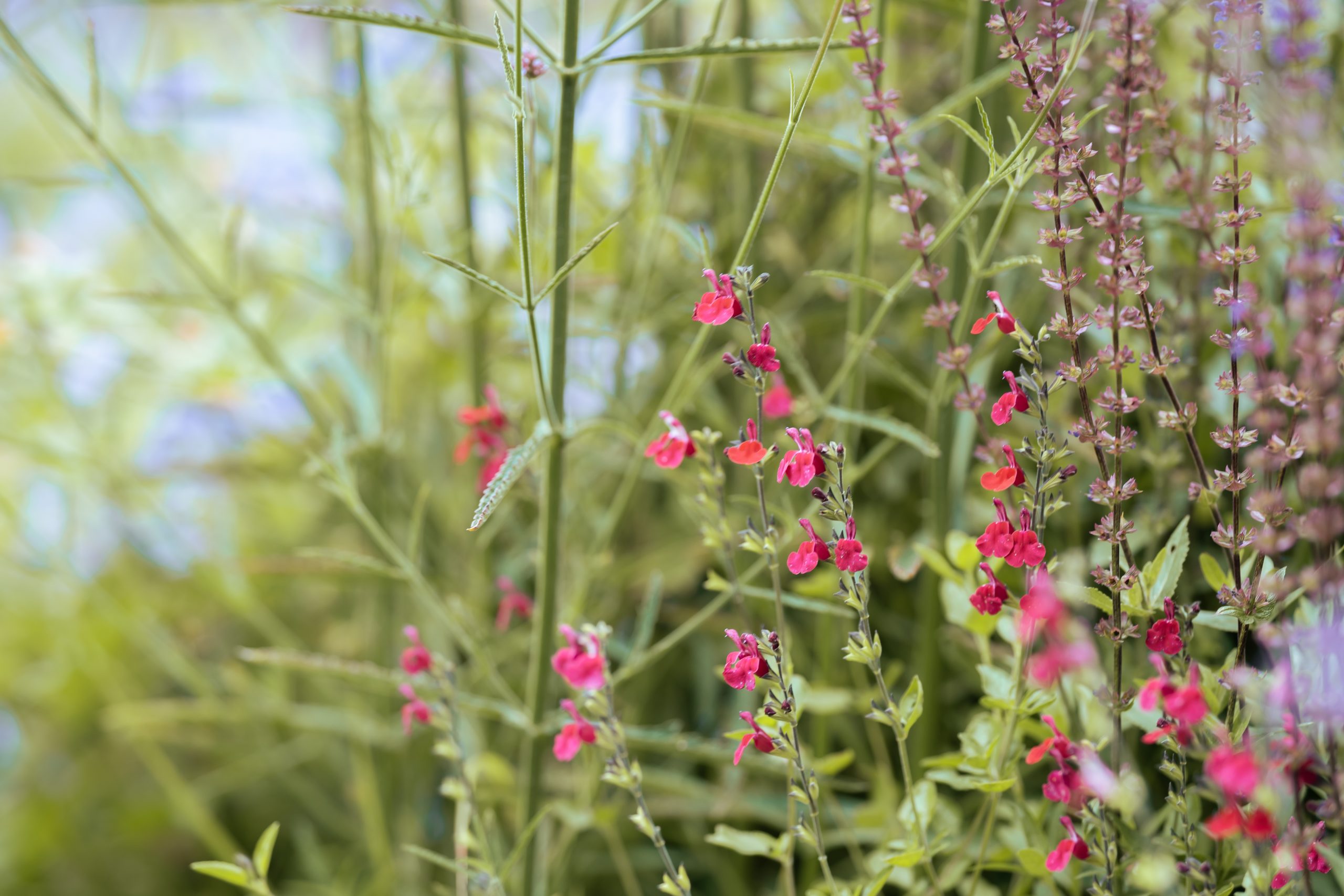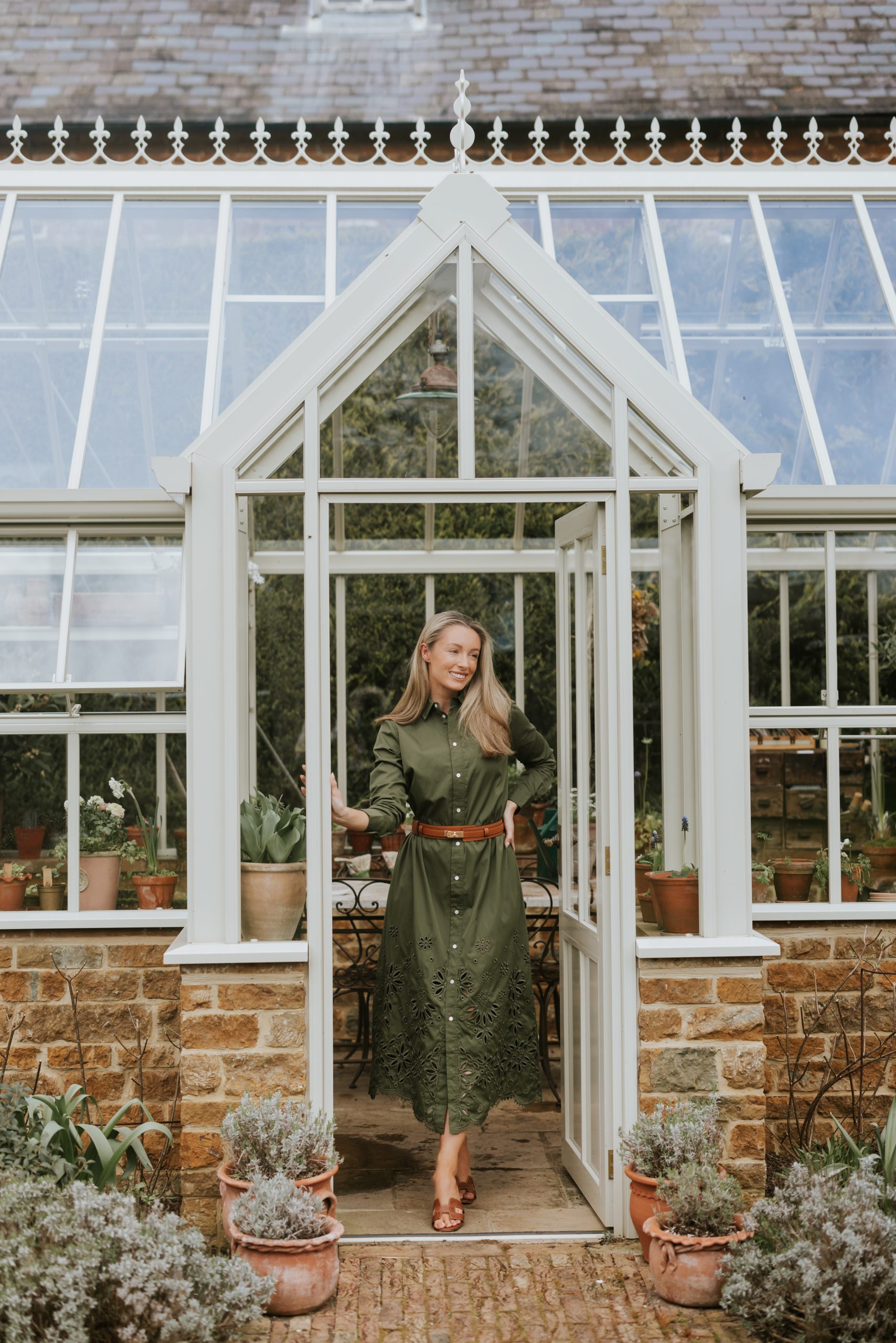8 Tips for Planning Your Dream Garden
My garden is my happy place. There’s nothing I love more than stepping out of my back door with a coffee in hand on a spring morning, wandering barefoot around my garden, noticing the sounds of the birds, any new flowers that have opened, and watching bees and butterflies hard at work. We used Nicholsons Garden Design to help us plan and execute many phases of our garden design here at our home, and whether you’re thinking of hiring a design team to overhaul your garden; you’re going to tackle your whole garden yourself; or you’re simply making tweaks to your existing garden, it’s a good idea to keep these tips in mind to ensure a smooth process that leads to the creation of a beautiful and practical garden that suits you and your family.


1 – List everything you want to be able to do in your garden
When planning your dream garden, the first thing you should think about is what do you actually want from your garden? What do you and your family like to do in the garden? Start with compiling a list of all of the key things, such as I’d like to have… a sunny spot to have my morning coffee, a play area for my children, a BBQ area, a space for a couple of raised beds. Make sure you’re being realistic about the amount of space you have, as you don’t want your garden to feel too cluttered.
2 – Think about the overall style of your garden
Your garden should be an extension of your beautiful home, and to look cohesive the style of your garden should link closely to the style of your home. Be sure to consider this when choosing materials and deciding on your planting style. If you have an über modern home, a modern garden with clean lines, tidy planting and a restrained colour palette may be most appropriate. If you have a beautiful old cottage, perhaps a cottage style garden with a more relaxed planting style, wafty grasses and a looser colour palette would be better suited. When it comes to choosing materials such as your patio, consider the materials you’ve used in your house. If you have a limestone floor in your kitchen which opens directly into the garden, you could use a similar (or even the same) material for your garden patio, to give a more cohesive look.



3 – Create mood boards
When planning out any big project, it’s a good idea to use mood boards so you can visually see how everything will come together. Creating a mood board can be as simple as creating a dedicated Pinterest board full of all of the elements of your garden such as the plants, materials and furniture style you’re going for. Or you could use a software such as Powerpoint or PureRef to bring together images saved from plant websites and garden furniture websites. If you’ve got a larger garden, or one where there will be distinct sections, it might be an idea to create individual mood boards for each section of your garden, such as one for your outdoor kitchen, another for your little woodland area etc., and then you might want to create an overall mood board for the whole garden to ensure that all parts of your garden look cohesive when viewed together. If you have a small city courtyard garden, one mood board should be sufficient.
If you want to take things one step further, try creating a simple spreadsheet that’s divided into each month of the year, where you can list which plants will be in flower or displaying their autumn colours for example. You could also note which colour each plant will be, for example, under June, you might list pink roses, yellow roses, purple lupins, pink & white erigeron etc. This will help you to ensure you’ve got interest throughout each month of the year, and will also help you to work on the colour palette of your garden (which may change through the seasons).
4 – Consider the light
The next thing to consider is how light moves across your garden through the day. If your garden is south facing, much of your garden will be in direct sun all day, whilst if your garden is north facing, perhaps only the far end of the garden will be in the sun, whilst the area close to your house may always be in shade. Actively go and stand in different parts of your garden through the day to work out which areas get sun at which points of the day. This will of course vary between seasons too; the sun is higher in the sky in summer, and so the sun’s rays will reach more of your garden compared to during winter.
When thinking about where everything in your garden should go, consider whether those spots need to be in the sun or not. For example, if you’re into growing veg, you’ll want to put your kitchen garden area in the sunniest spot possible. You’ll want to ensure your morning coffee spot gets the morning sun, while perhaps your BBQ and al fresco dining area should be placed to catch the evening sun.



5 -Plan out the journey through your garden
Once you’ve worked out what you want in your garden, and where various elements need to be, you need to consider your journey through the garden. You don’t always have to create the most direct path to each destination in your garden. You could create a curved or meandering path, to allow yourself to pass little points of interest along the way. For example, on the way to your kitchen garden area, you could pass a section of fragrant roses, or you could walk underneath an arbour covered with clematis and honeysuckle. Consider how to make each journey through your garden more exciting, by using planting or a structure such as a water feature to add a moment of interest.
6 – Consider what you’ll see from your house
Once you’ve got a rough idea of the layout of your garden, consider what view you’ll be looking out upon from your windows and from your front & back door. Perhaps you could place a beautiful ornamental tree such as a multi-stem Amelanchier in such a spot so that it’s framed perfectly when looking out of your bedroom window? Perhaps you could place a gorgeous herbaceous border right outside your back door so you can see it from the doorway, and from your kitchen windows?
The view you look out on is particularly important if you’ve invested in big glass doors in your kitchen or living space – be sure to consider what the view will be from those doors, and how it will change through the year.


7 – Draw out a detailed garden plan
Make sure to draw out a detailed plan of your garden, informed by all of the above tips. Be sure to add in where water taps need to go, as well as electrical cables for garden lighting, and lighting inside your shed if desired. If possible, print out a few copies of an outline of your garden that is roughly to scale, and then you can play around with drawing out a few options for your design before you settle on the perfect design.
8 – Tackle the garden bit by bit
Whether you’ve got a garden design team creating your dream garden, or you’re doing it yourself, it’s a good idea to break down your garden renovation into smaller projects, and tackle them one or two at a time rather than trying to do little bits here and there across your whole garden. This is especially important if you plan to do all of the work yourself or if you’re working with a tighter budget.
Carefully plan the order that you’re going to carry out each mini-project. Perhaps you could start with something that will make a big impact, such as a herbaceous border (or selection of planters) outside your front door, which will instantly brighten the look of your house and will be seen by everyone who walks past. Or, perhaps summer is coming up and a really practical project to tackle first would be your BBQ area so that you can host parties throughout the summer.
Another thing to consider when planning what to tackle when is the time of year, as certain projects are best completed when it’s warm and dry, and certain plants like to be planted at certain times of year. For example, the best time to plant a herbaceous border is spring, while bare root fruit trees are best planted between November and March when they’re dormant.





